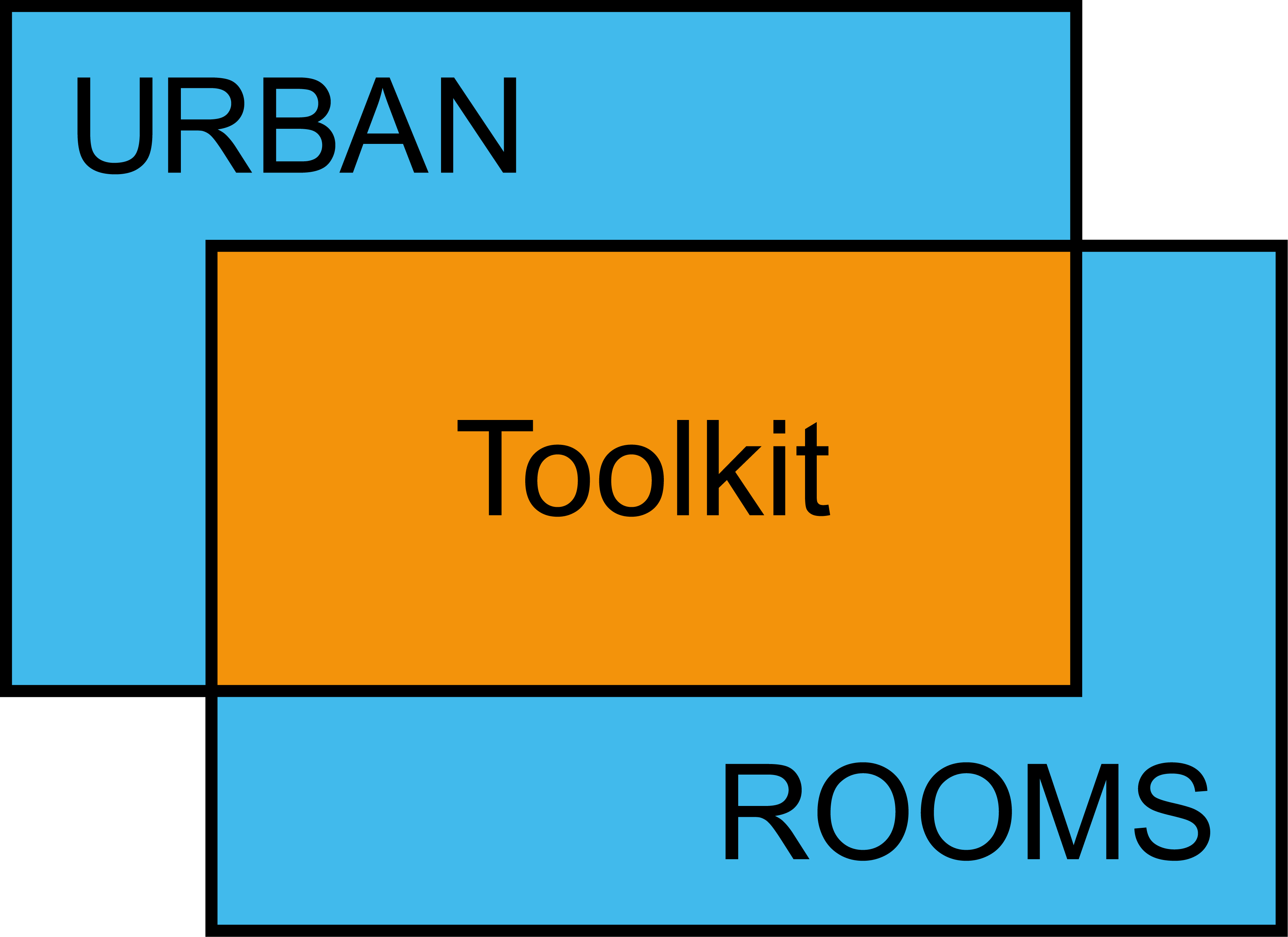


Making the Case
How can an Urban Room help a local authority?
Local authorities can benefit from using Urban Rooms as mechanisms to widen participation in their local area. Urban Rooms can be effective in opening up participation to marginalised and under-represented groups who wouldn’t usually have access to or contribute to the more conventional forms of consultation and engagement. In this way, the Urban Room is breaking down the traditional barriers that exist in public involvement in placemaking, offering a space for a much more inclusive, informed and creative form of direct democracy.
An Urban Room can offer local people the opportunity to contribute their knowledge, ideas and experiences to local planning frameworks, regeneration strategies and more specific development plans. The situated nature of the Urban Room means that this engagement
can go beyond merely gauging public opinion through conventional methods of consultation and can embrace more active participation of communities over time.
An Urban Room can create the space for a local authority to:
offer local people a welcoming and accessible introduction to the processes of placemaking
test and develop more engaged, inclusive and process-led planning approaches and frameworks
build agency, cooperation and support within communities
empower community interests in the specific or general development of local places
open up to new and overlooked local ideas, skills, knowledges and networks
evidence meaningful and inclusive community participation for current and future funders
For a local authority to make the most of their Urban Room they should embrace creative methods, possibly in partnership with artists, designers or creative practitioners. This brings in specialist creative engagement expertise, often with detailed knowledge of the local area, and can help to build capacity, skills and trust between local government and communities.

Croydon UR
Making the Case
How can an Urban Room help a local authority?
Local authorities can benefit from using Urban Rooms as mechanisms to widen participation in their local area. Urban Rooms can be effective in opening up participation to marginalised and under-represented groups who wouldn’t usually have access to or contribute to the more conventional forms of consultation and engagement. In this way, the Urban Room is breaking down the traditional barriers that exist in public involvement in placemaking, offering a space for a much more inclusive, informed and creative form of direct democracy.
An Urban Room can offer local people the opportunity to contribute their knowledge, ideas and experiences to local planning frameworks, regeneration strategies and more specific development plans. The situated nature of the Urban Room means that this engagement
can go beyond merely gauging public opinion through conventional methods of consultation and can embrace more active participation of communities over time.
An Urban Room can create the space for a local authority to:
offer local people a welcoming and accessible introduction to the processes of placemaking
test and develop more engaged, inclusive and process-led planning approaches and frameworks
build agency, cooperation and support within communities
empower community interests in the specific or general development of local places
open up to new and overlooked local ideas, skills, knowledges and networks
evidence meaningful and inclusive community participation for current and future funders
For a local authority to make the most of their Urban Room they should embrace creative methods, possibly in partnership with artists, designers or creative practitioners. This brings in specialist creative engagement expertise, often with detailed knowledge of the local area, and can help to build capacity, skills and trust between local government and communities.

Croydon UR
